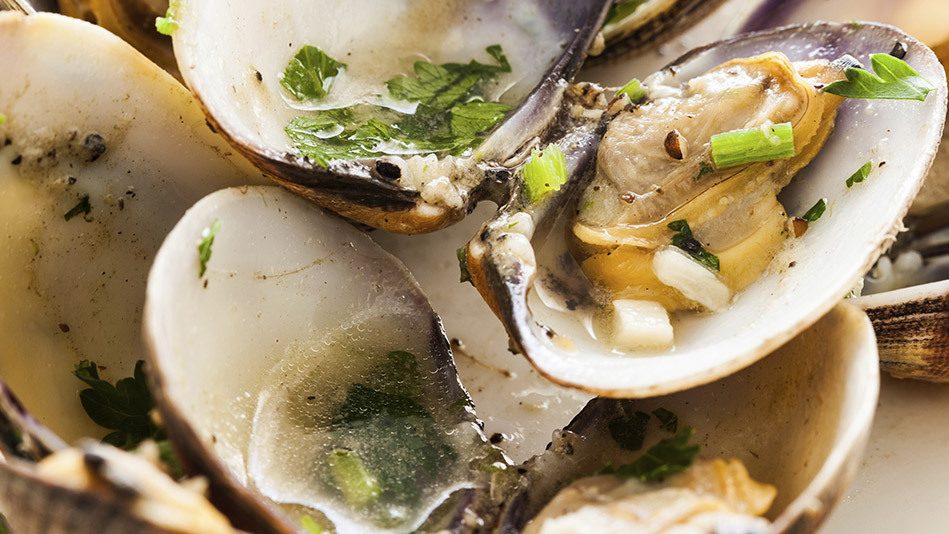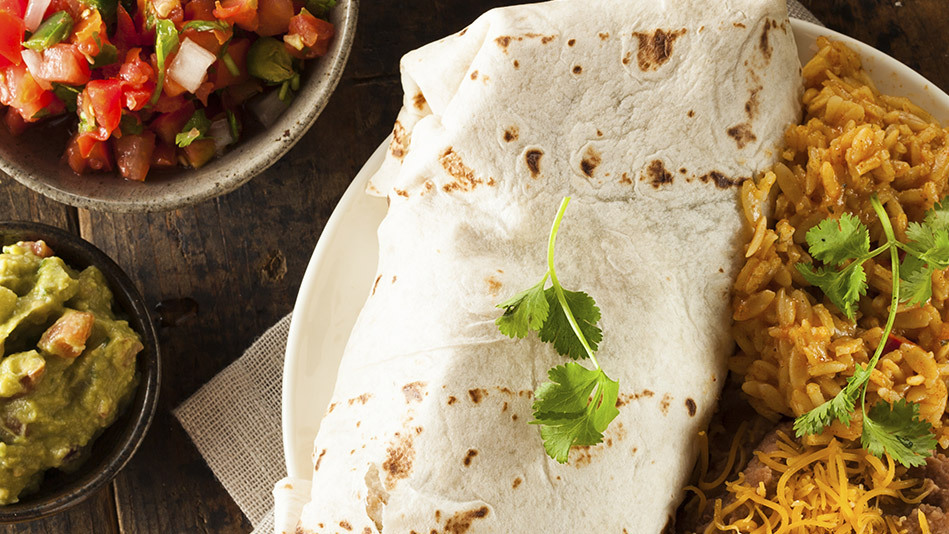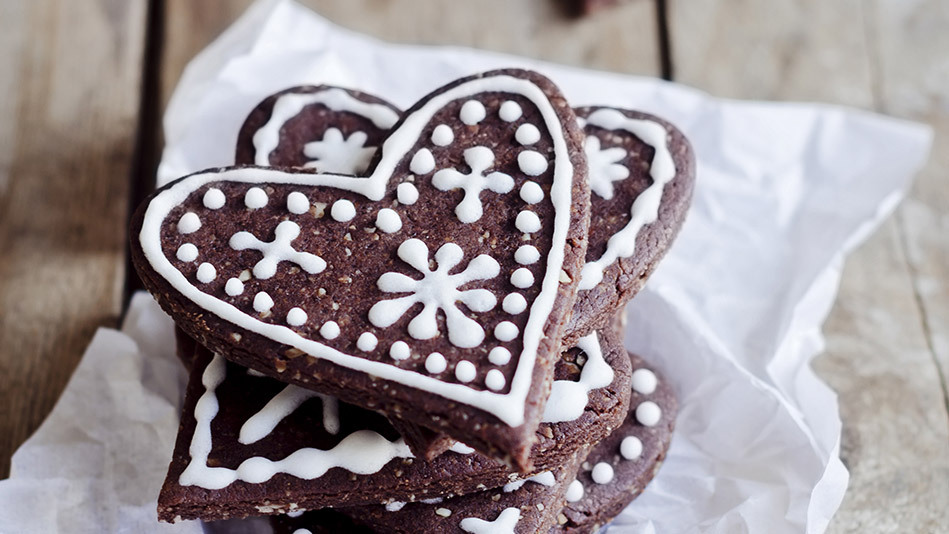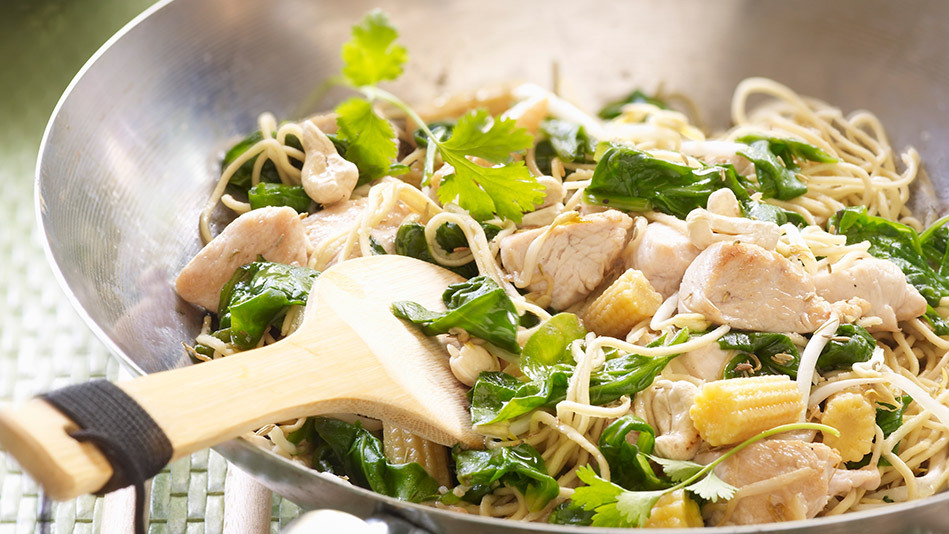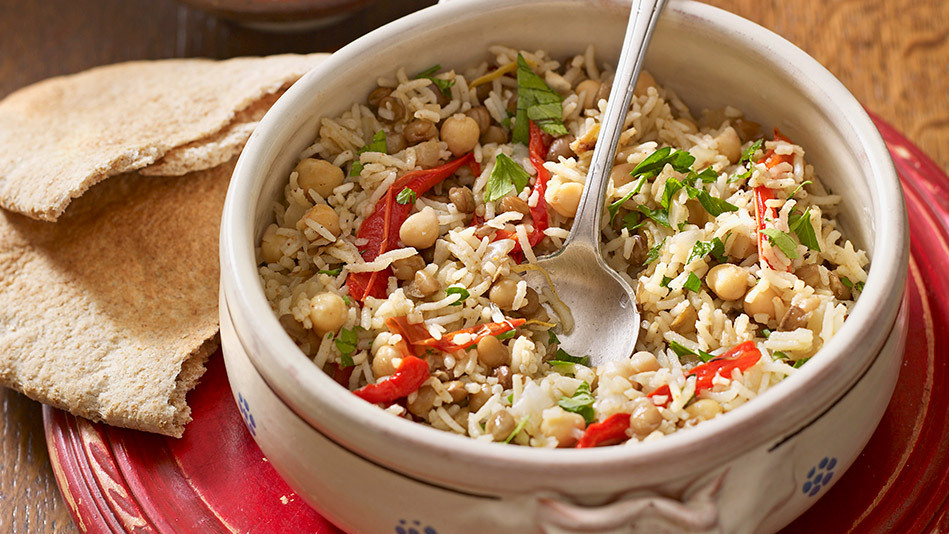You know you can get iron from liver and red meat, but if you’re in the mood for something different, these unexpected alternatives might hit the spot.
-
A Bonanza for Seafood Lovers
 alexsalcedo/iStock/ThinkstockWhat it is: A raw-bar feast
alexsalcedo/iStock/ThinkstockWhat it is: A raw-bar feastHow much iron you get: Per 3-ounce serving, oysters have 6.2 mg iron and clams have 23.8 mg iron (no, that is not a typo).
Why it’s great: This is one area where shellfish have the advantage over land-dwellers. A 3-ounce serving of beef, which is usually considered a respectable source of iron, has 3 mg of iron—that’s less than half the amount in oysters, and a teensy fraction of what you’ll find in clams.
One more thing: Iron is a critical component of hemoglobin, a protein in our red blood cells that stores and transports oxygen through the body, explains Janis Jibrin, MS, RD, a registered dietician and the author of The Pescatarian Plan. When iron levels are low, we don’t get enough oxygen, which can cause fatigue, foggy thinking and even heart failure. Women are more likely than men to be deficient in iron, partly because we lose it during menstruation. Aim for about 18 mg a day—but stay well under the way-upper limit of 45 mg, because an extreme excess of iron is linked to a higher risk of heart disease and cancer.
-
The Best for Vegetarians
 bhofack2/iStock/ThinkstockWhat it is: A bean burrito topped with fresh tomato salsa
bhofack2/iStock/ThinkstockWhat it is: A bean burrito topped with fresh tomato salsaHow much iron you get: A cup of cooked beans has about 3 to 4 mg of iron.
Why it’s great: Iron from plant foods isn’t as well-absorbed as iron from animal or fish sources, Jibrin says. Eating vegetarian iron sources, like beans, with foods high in vitamin C, like tomatoes, can enhance the iron absorption up to sixfold.
One more thing: Other smart pairings include mixed bean salad with cauliflower, or oatmeal topped with strawberries (1/3 cup dry oats has 1.5 mg iron). One not-so-smart pairing: Any iron-rich meal with black or green tea, which has tannic acid that binds to iron, making it harder for the body to process.
-
A Sweet Option for Women
 Westend61/Brand X Pictures/Getty ImagesWhat they are: Gingerbread cookies with blackstrap molasses
Westend61/Brand X Pictures/Getty ImagesWhat they are: Gingerbread cookies with blackstrap molassesHow much iron you get: One tablespoon of blackstrap molasses has 3.5 mg of iron.
Why it’s great: Blackstrap molasses is the thick brown liquid left after the third boiling during the sugar-making process, and it’s the most concentrated and the richest in nutrients (especially iron) of all types of molasses.
One more thing: Blackstrap molasses is often recommended to pregnant women who need to bulk up on iron (the RDA for premenopausal women is 18 mg a day; pregnant women need 27 mg a day). On its own, this syrup is bitter and medicinal-tasting, but something magical happens when it’s mixed with butter and sugar and baked in the oven. Fortunately, says Jibrin, cooking at high temperatures doesn’t affect the iron content of blackstrap molasses. Depending on the cookie recipe, you could get as much as 7 mg of iron per serving (as in this recipe, which uses an entire cup of blackstrap molasses).
-
The Best Way to Get Iron From Spinach
 Philippe Desnerck/Photolibrary/Getty ImagesWhat it is: Tofu, chicken and spinach stir-fry
Philippe Desnerck/Photolibrary/Getty ImagesWhat it is: Tofu, chicken and spinach stir-fryHow much iron you get: Three ounces of tofu has about 1 to 2 mg of iron; spinach has 3.2 mg per half-cup—but keep reading.
Why it’s great: Eating animal protein as part of your meal is another way to help your body absorb the iron in plant sources, Jibrin says.
One more thing: Spinach is known for being an iron powerhouse (thanks, Popeye). However, Jibrin says that the iron in spinach is very poorly absorbed by the body. It needs a little extra help; that’s why the chicken in this recipe is essential.
-
The Best Gluten-Free Choice
 Stuart West/Dorling Kindersley/Getty ImagesWhat it is: Lentils, brown rice and red peppers
Stuart West/Dorling Kindersley/Getty ImagesWhat it is: Lentils, brown rice and red peppersHow much iron you get: One cup of cooked lentils has 7 mg of iron.
Why it’s great: These three ingredients work exceptionally well together: The vitamin C in the peppers enhances your body’s absorption of the iron in the lentils, and the brown rice combines with the lentils to make a complete protein.
One more thing: Those with Celiac disease and other gluten-sensitivity issues have a hard time absorbing nutrients from food, says Jibrin, so they have to work extra hard to get the iron they need. This healthy meal is ideal for them, as it’s entirely gluten-free.

